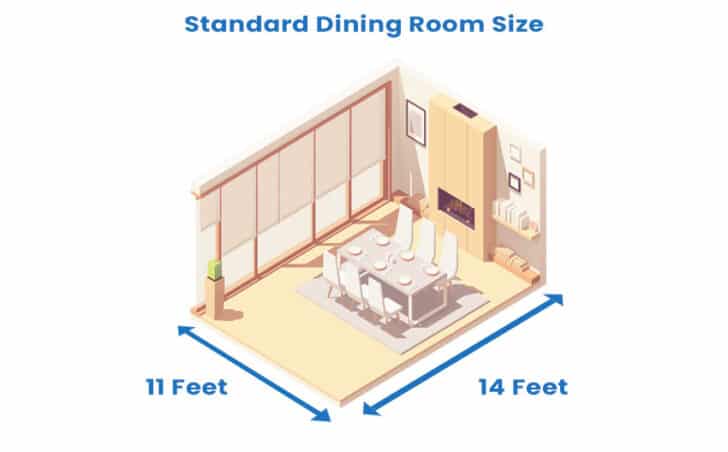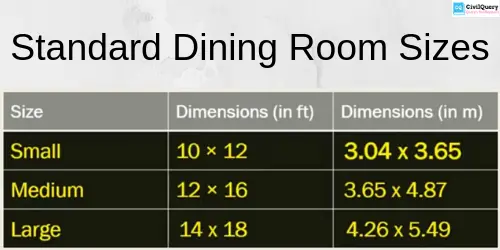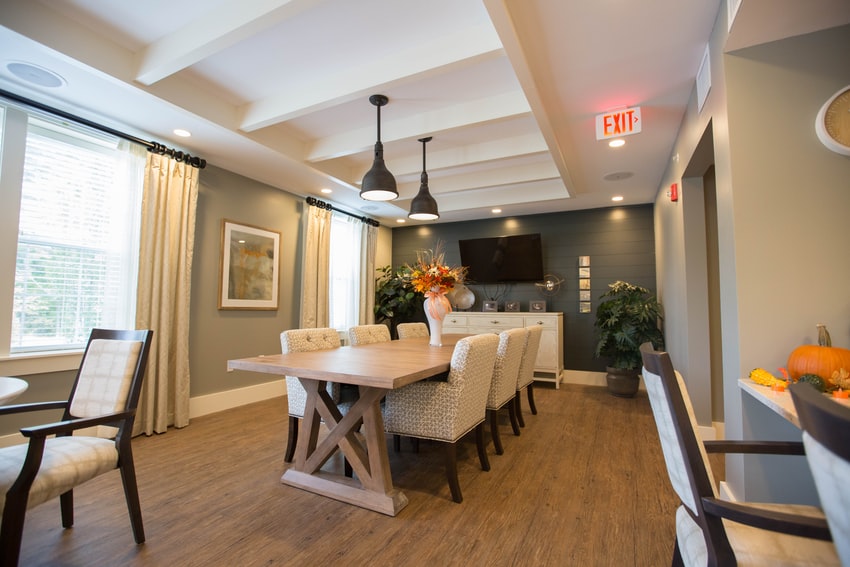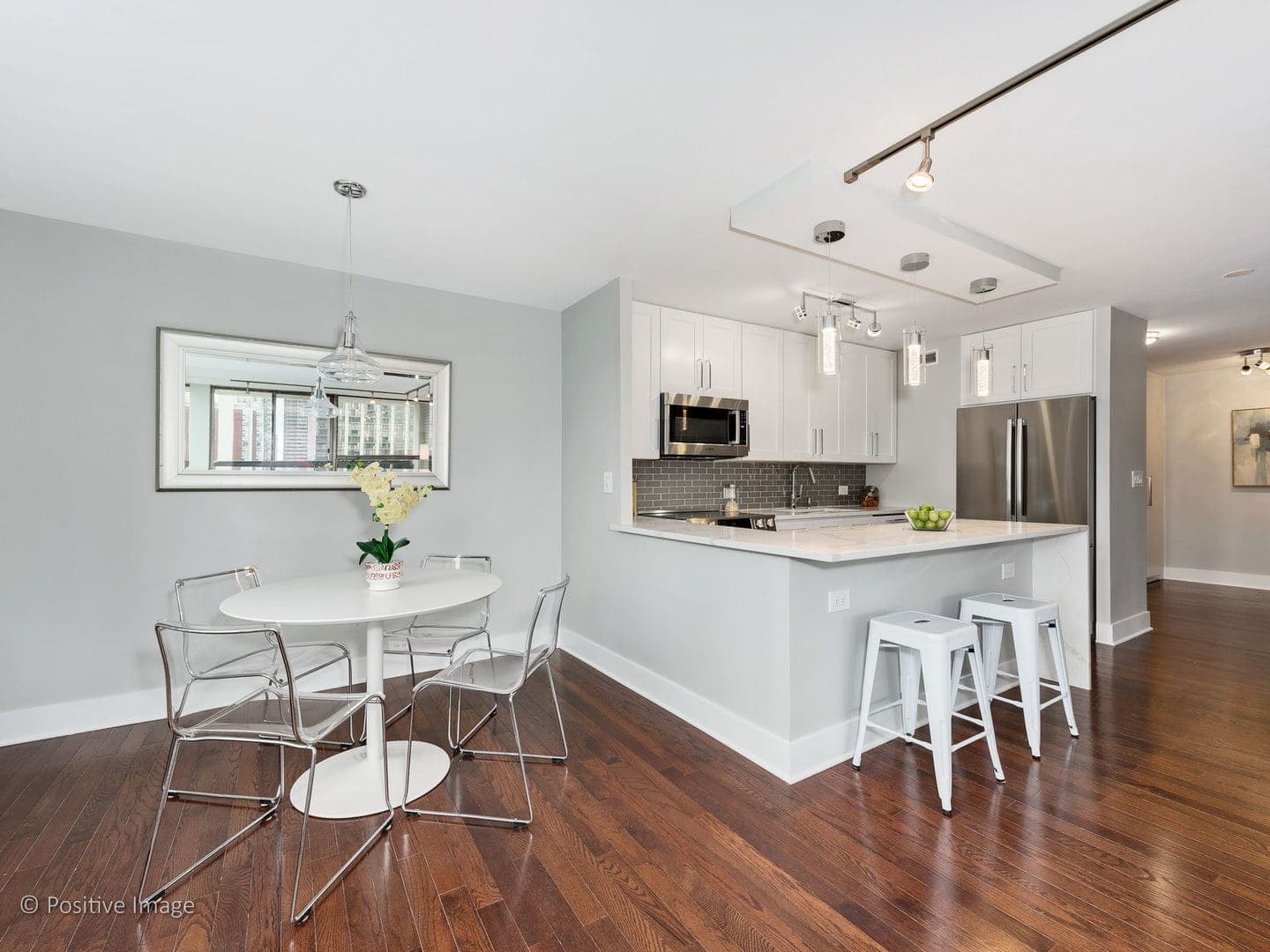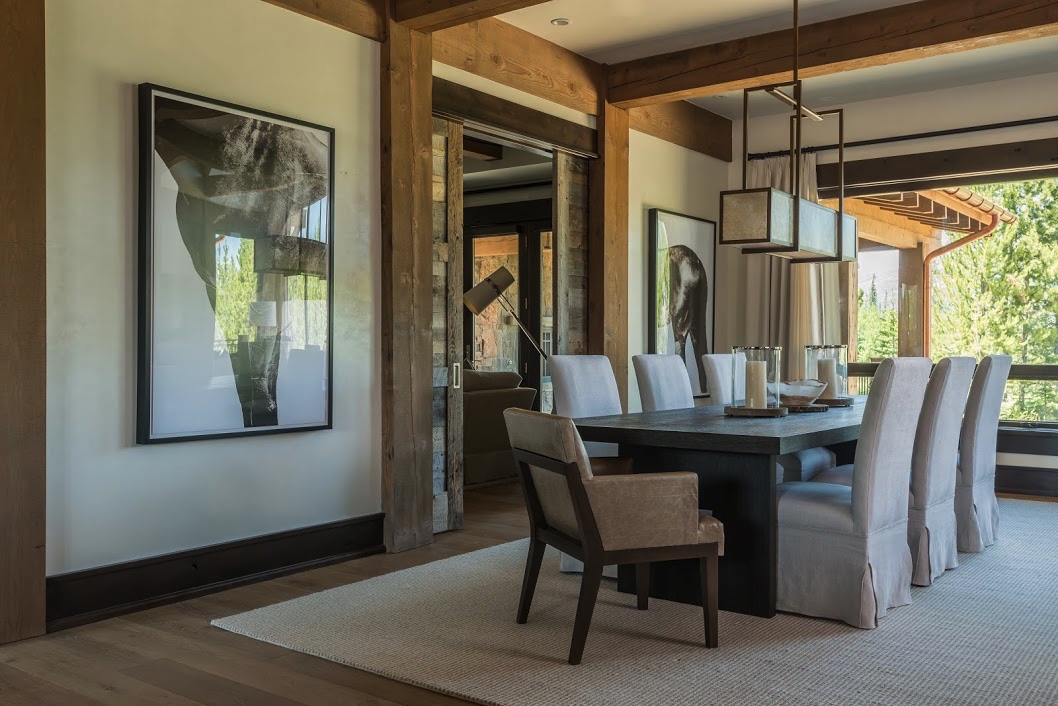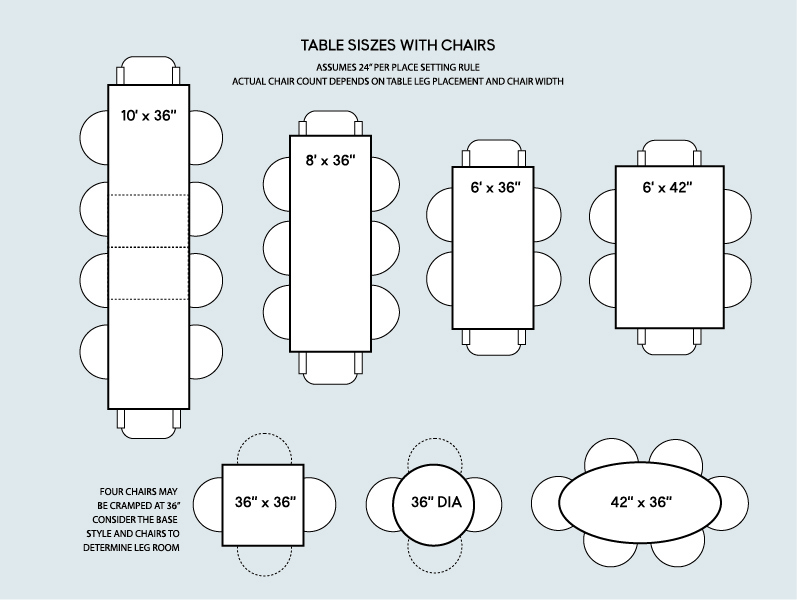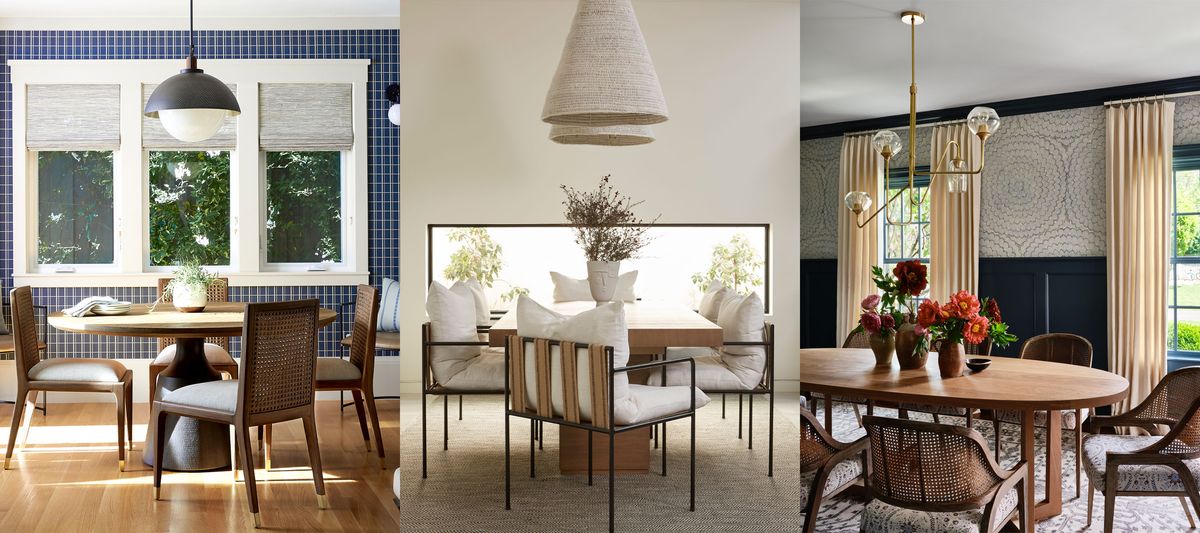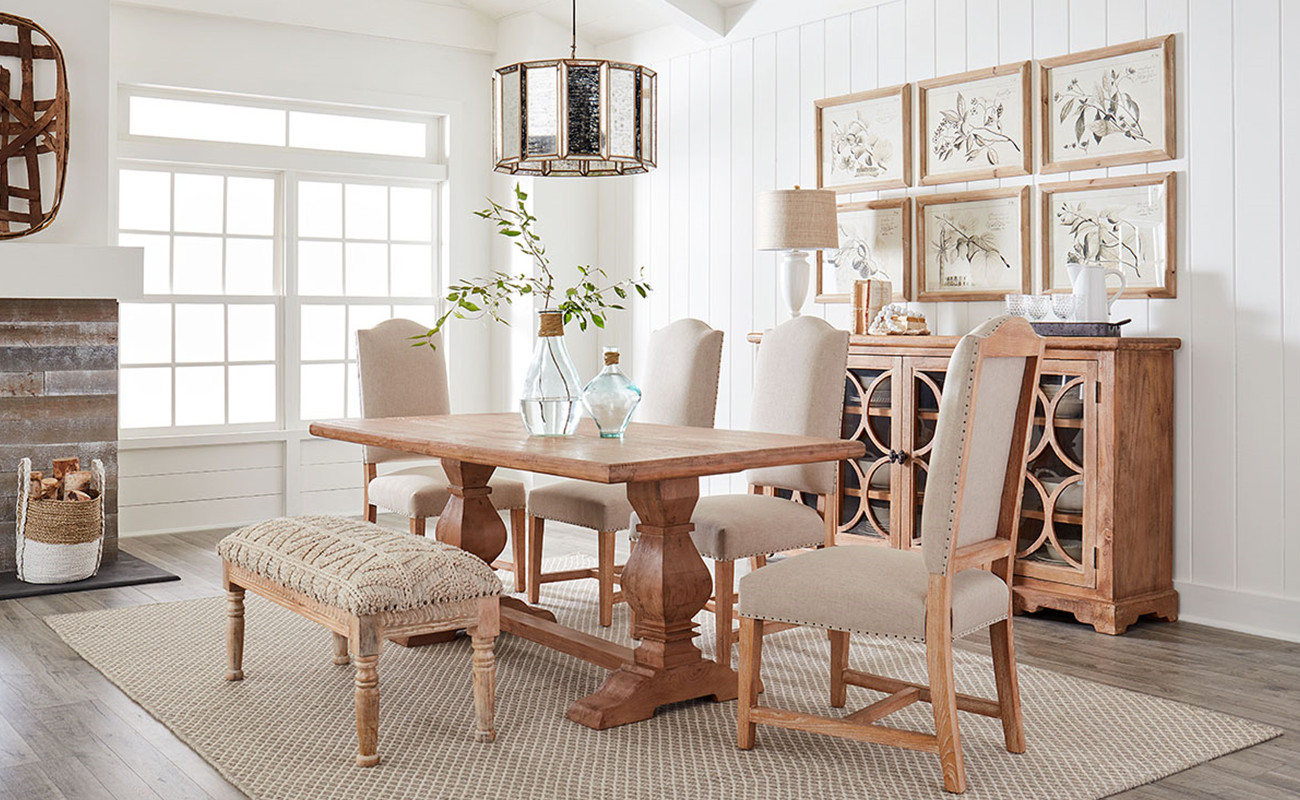The dining room is an important gathering space in any home, where families and friends come together to share meals and create memories. But when it comes to choosing the right size for your dining room, it can be a bit overwhelming. With so many factors to consider, it's important to have a guide to help you determine the best size for your dining room. In this article, we'll go over some key points to keep in mind when sizing up your dining room. Dining room size guide
The first step in determining the best size for your dining room is to assess the available space. Measure the length and width of the room, and take note of any architectural features such as windows or doorways that may affect the layout. It's also important to consider the overall layout of your home, as well as your lifestyle and dining habits. Do you host large dinner parties or prefer more intimate gatherings? These factors will play a role in determining the ideal size for your dining room. How to determine the best size for your dining room
While there is no one-size-fits-all solution for dining room size, there are some general guidelines to keep in mind. The ideal size for a dining room is typically between 12 to 14 feet long and 9 to 12 feet wide. This allows for comfortable seating and enough space for guests to move around. For a rectangular table, aim for at least 3 feet of space between the table and walls to allow for chairs to be pulled out without obstruction. For a square table, 2 feet of space between the table and walls is sufficient. Ideal dimensions for a dining room
When it comes to choosing the perfect size for your dining room, it's important to strike a balance between functionality and aesthetics. While you want enough space for comfortable seating and movement, you also don't want the room to feel too empty or cramped. Consider the size and shape of your dining table, as well as any additional furniture such as a buffet or bar cart. It's also helpful to create a mock layout with cardboard cutouts to get a visual of how the furniture will fit in the space. Choosing the perfect size for your dining room
Measuring your dining room for furniture can be a daunting task, but with these tips, it can be a breeze. Start by measuring the length and width of the room, and then measure any architectural features such as windows or doorways. Next, measure the dimensions of your dining table and any other furniture you plan to include in the room. Keep in mind the recommended spacing between furniture and walls, as well as between chairs and the table. This will ensure a comfortable and functional layout. Tips for measuring your dining room for furniture
While there is no one standard size for a dining room, there are some recommendations to keep in mind. For a rectangular table that seats four people, aim for a room that is at least 8 feet long and 6 feet wide. For a table that seats six people, the room should be at least 10 feet long and 8 feet wide. For larger tables that seat eight to ten people, a room that is 12 feet or longer and 10 feet or wider is recommended. Standard dining room size recommendations
When it comes to creating a functional and comfortable dining room, it's important to consider not only the size of the room, but also the layout and design. Choose furniture and decor that complements the overall style of your home and reflects your personal taste. Make sure there is enough space for guests to move around and that the seating is comfortable. Consider adding a rug under the dining table to define the space and add warmth. And don't forget proper lighting to set the mood and enhance the dining experience. Creating a functional and comfortable dining room
There are a few key factors to keep in mind when determining the size of your dining room. As mentioned before, your lifestyle and dining habits play a role in the size and layout of the room. Consider how often you entertain and the size of your typical gatherings. It's also important to take into account the size and layout of your home, as well as any architectural features that may affect the flow of the space. And lastly, don't forget to consider your budget and what you can realistically fit into the room. Factors to consider when determining dining room size
If you have a small dining room, there are some tips and tricks to help maximize the space and create a functional and comfortable dining area. Consider a round table, which takes up less space and allows for easier movement around the room. Utilize wall space by adding floating shelves or a buffet for storage and display. And choose chairs with a slimmer profile to save on space. You can also opt for a bench on one side of the table, which can easily be tucked away when not in use. Maximizing space in a small dining room
When it comes to choosing the size for your dining room, there are some common mistakes to avoid. One of the biggest mistakes is not leaving enough space around the table for comfortable seating and movement. Another mistake is not considering the overall layout and flow of the room. Make sure there is enough space for guests to move around, and that the furniture fits in with the rest of your home. And lastly, don't forget to take into account your personal dining habits and lifestyle. In conclusion, choosing the best size for your dining room involves considering various factors such as available space, furniture dimensions, and personal preferences. It's important to strike a balance between functionality and aesthetics to create a comfortable and inviting dining space. With this guide, you'll be able to determine the ideal size for your dining room and create a space that suits your needs and style. Common mistakes to avoid when choosing dining room size
The Perfect Dining Room Size: Finding the Right Balance
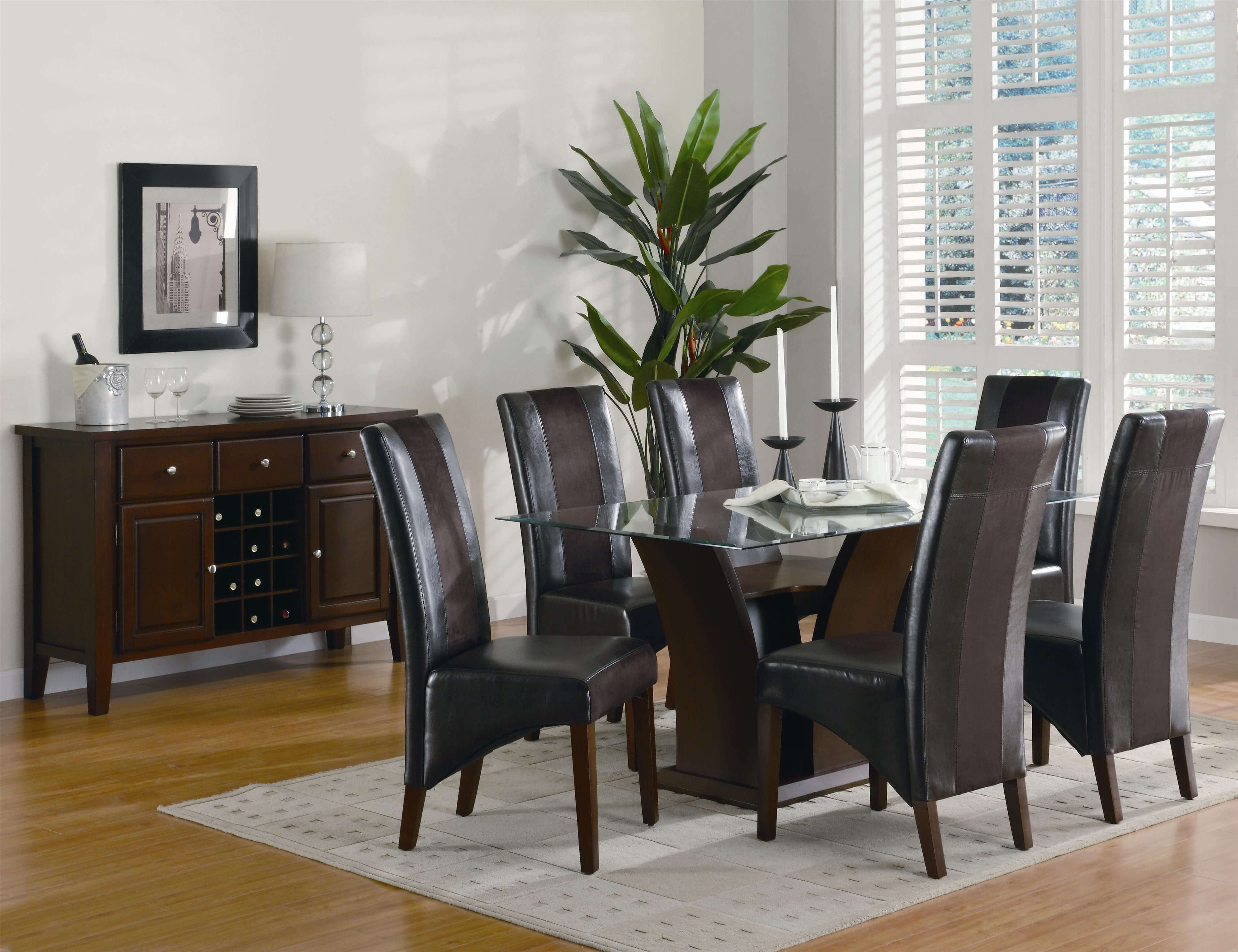
When it comes to designing the perfect dining room, one of the most important factors to consider is the size. Choosing the right size for your dining room can greatly impact the overall look and feel of the space, as well as your dining experience. Too small and you'll feel cramped and uncomfortable, too large and the room can feel empty and impersonal. So, what is the best size for a dining room ? Let's explore this question further.
Consider Your Needs

The first thing to consider when determining the perfect size for your dining room is your specific needs. Are you someone who loves to entertain and host large dinner parties? Or do you prefer intimate gatherings with close friends and family? Knowing your dining habits and needs will help you determine how much space you require in your dining room.
Measure the Room
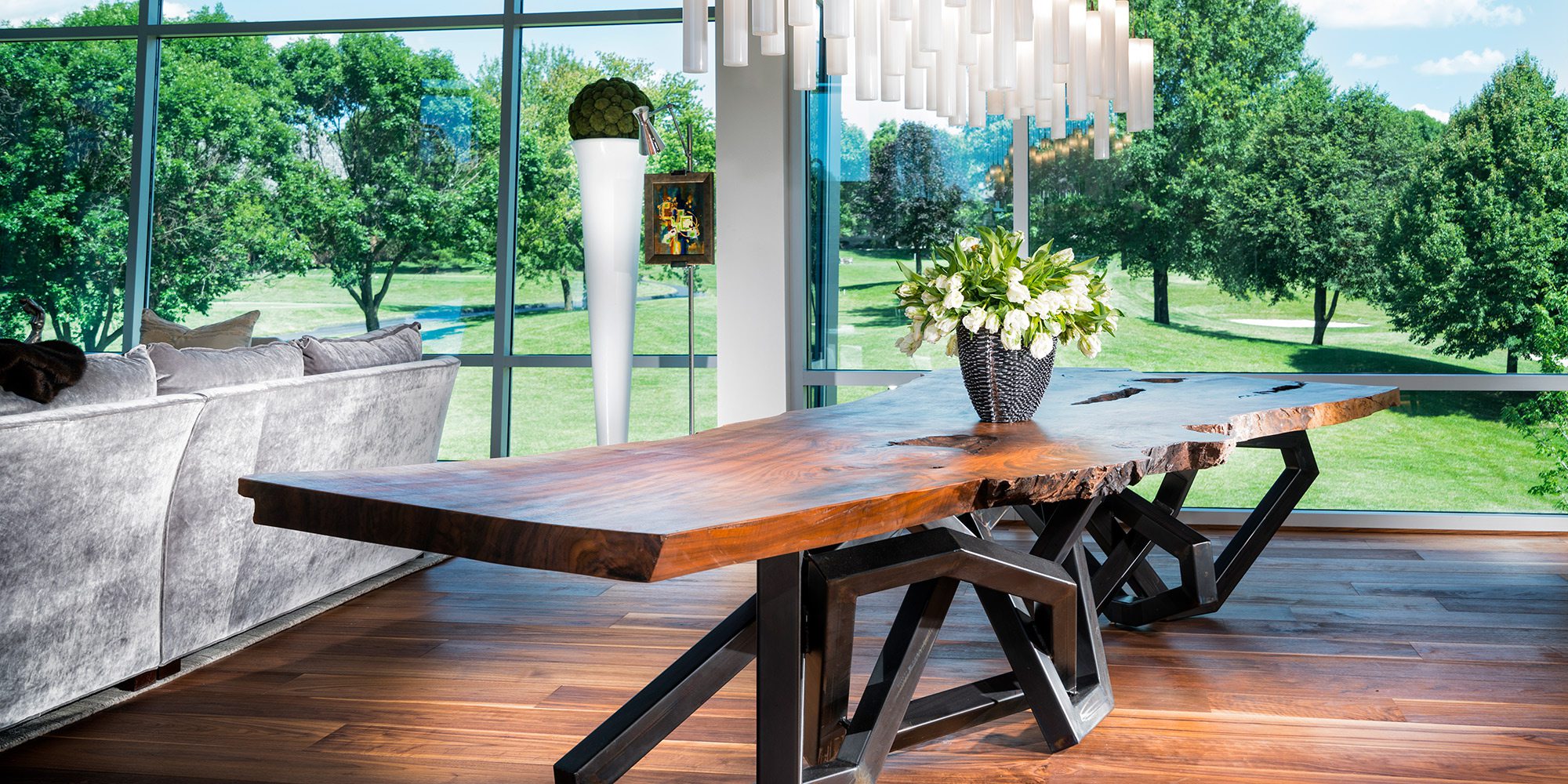
Once you have a clear idea of your dining needs, it's time to measure the room . This will give you a better understanding of the actual size of the space and what you have to work with. Keep in mind any architectural features, such as windows and doors, that may affect the layout and size of your dining room.
The General Rule of Thumb

While there is no one-size-fits-all answer to the best size for a dining room , there is a general rule of thumb that can help guide you. A good starting point is to have at least 36 inches between the edge of your dining table and the walls or other furniture. This allows for enough space for chairs to comfortably pull out and people to move around the table.
Consider the Flow of the Room

In addition to the size of your dining table, it's important to consider the overall flow of the room. How does the dining room connect to other rooms in the house? Is it open concept or closed off? This can greatly impact the size and layout of your dining room . For example, if your dining room is part of an open concept living space, you may want to consider a larger dining table to accommodate for more people and create a seamless flow between the two spaces.
Final Thoughts
/luxury-living-room-and-dining-room-188074838-588544a23df78c2ccdb3adad.jpg)
Ultimately, the best size for a dining room will depend on your specific needs and the layout of your home. It's important to find the right balance between functionality and aesthetics. Remember to also consider the shape of your dining table, as well as any additional furniture or decor you want to incorporate. With careful planning and consideration, you can create a dining room that perfectly fits your style and needs.



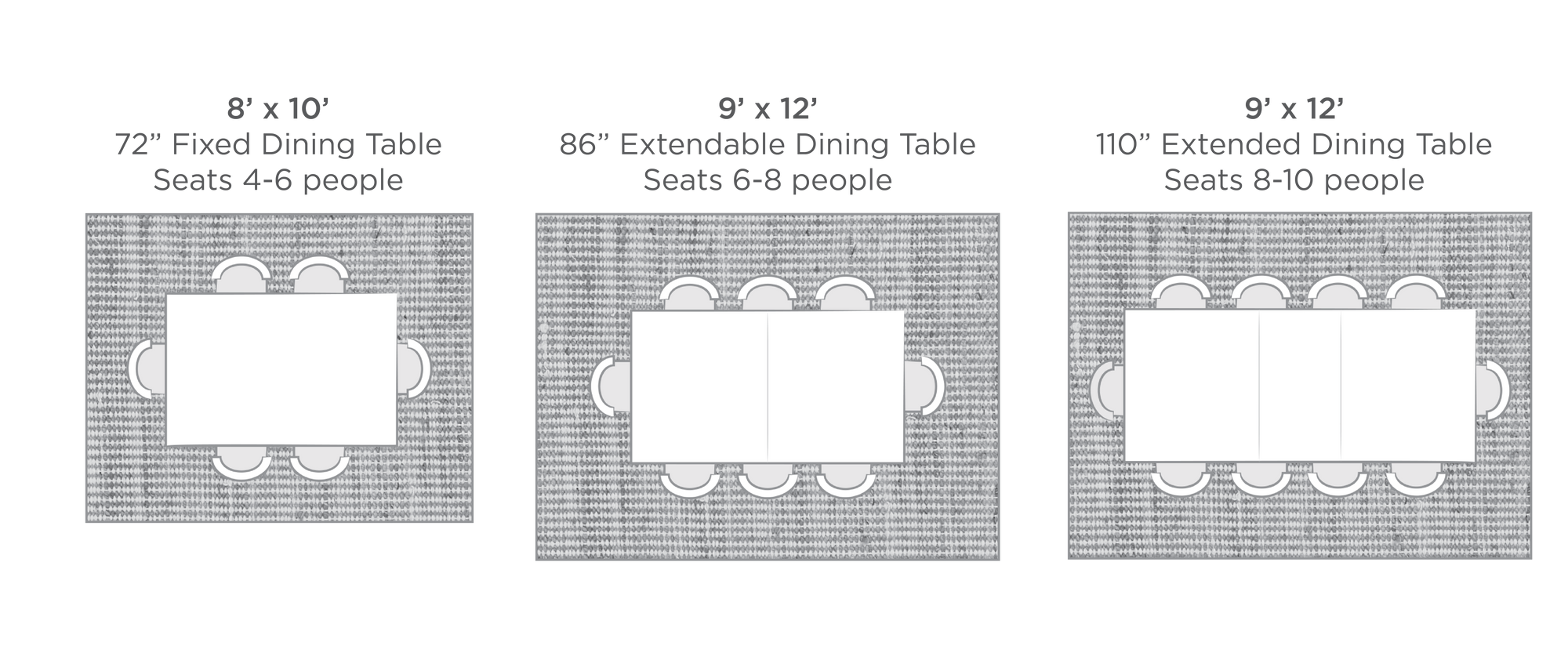

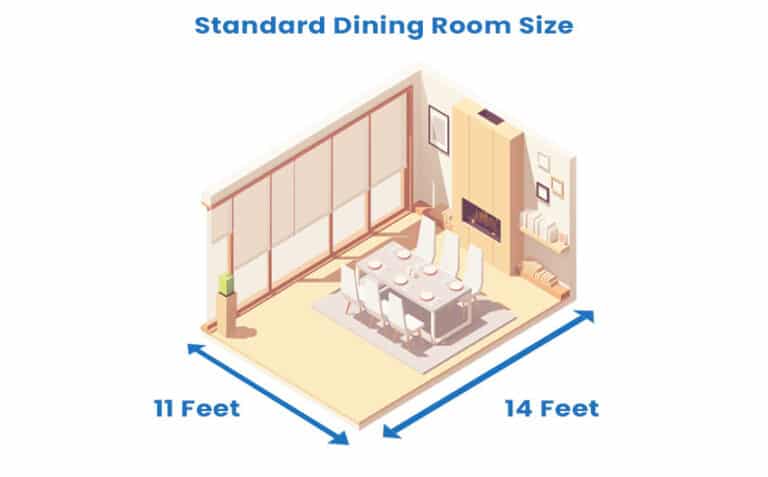

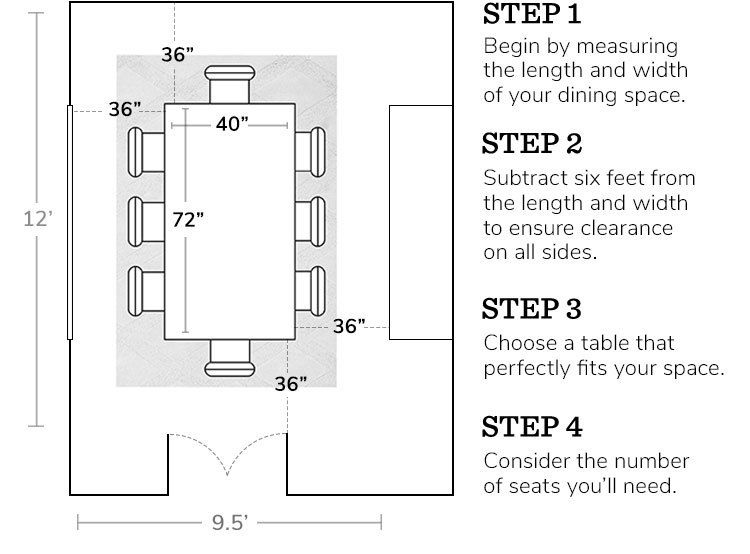
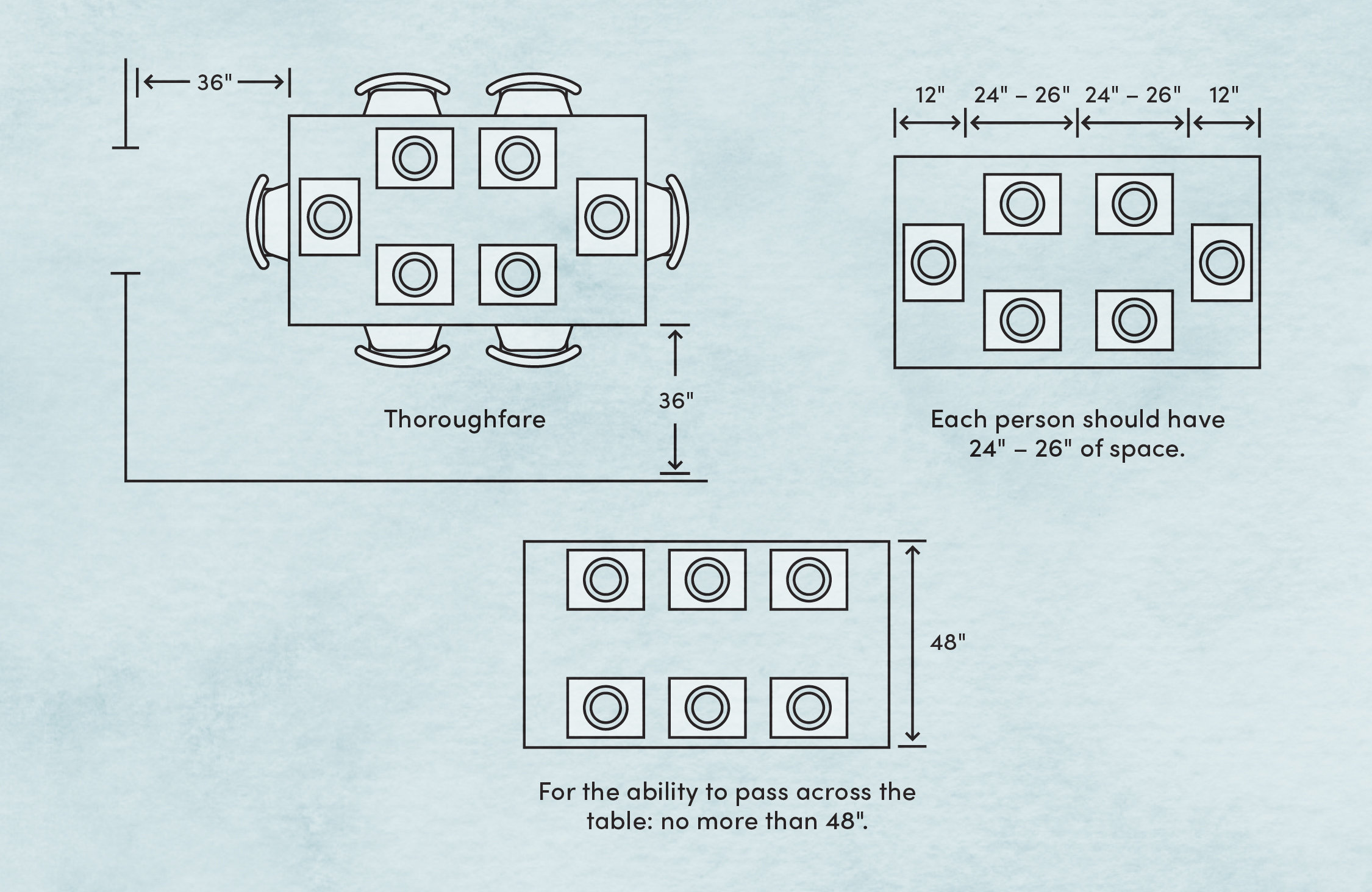








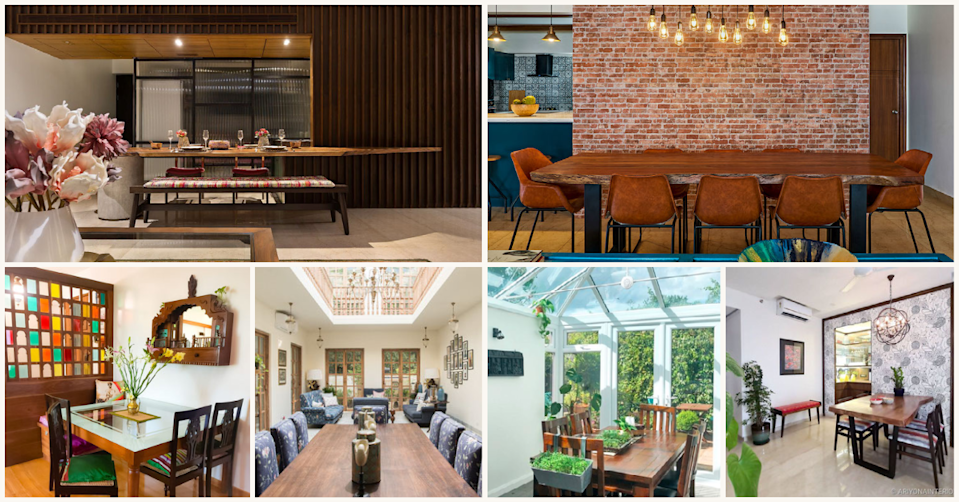





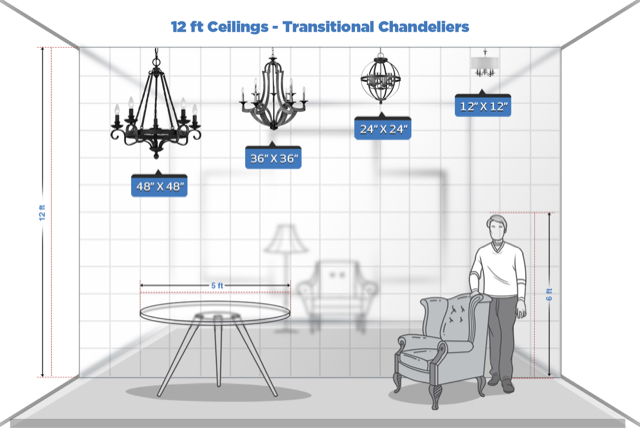




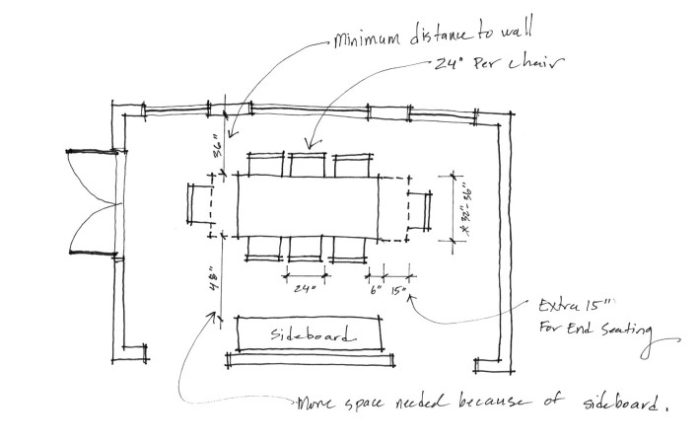










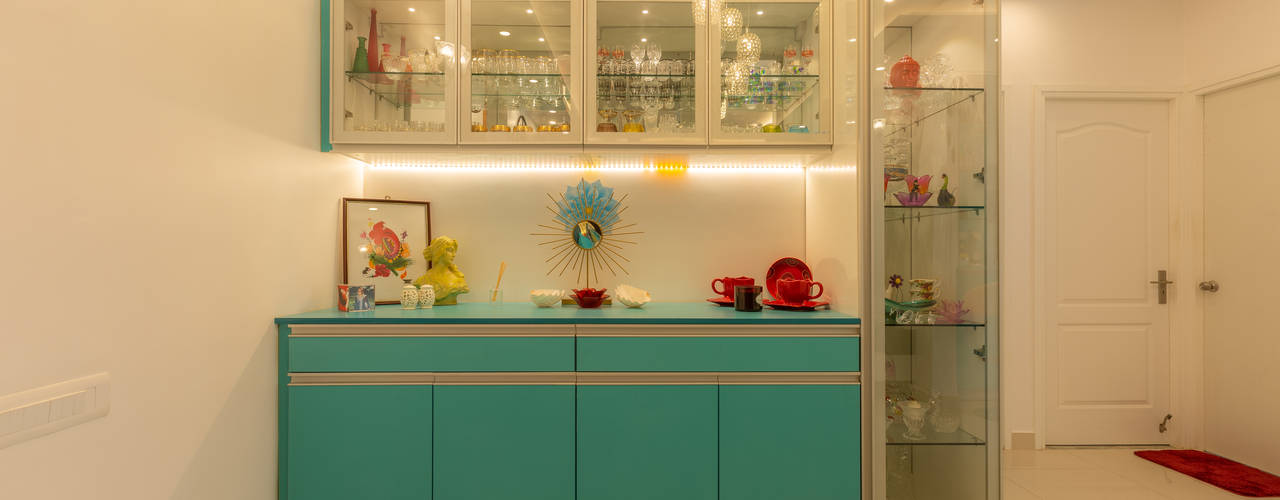






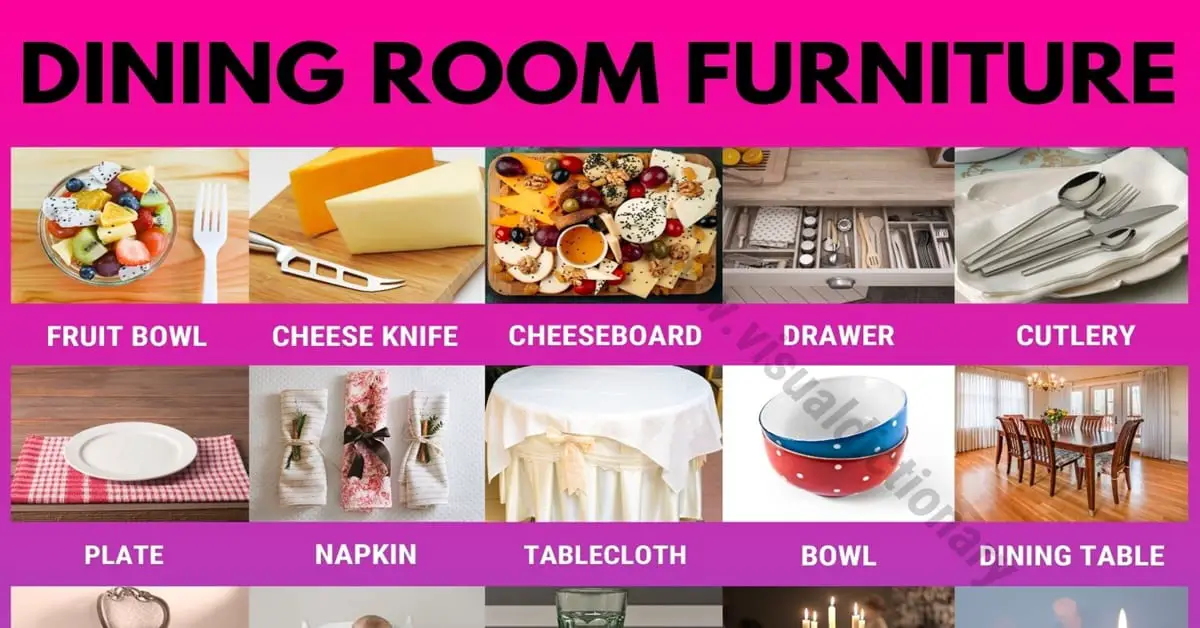
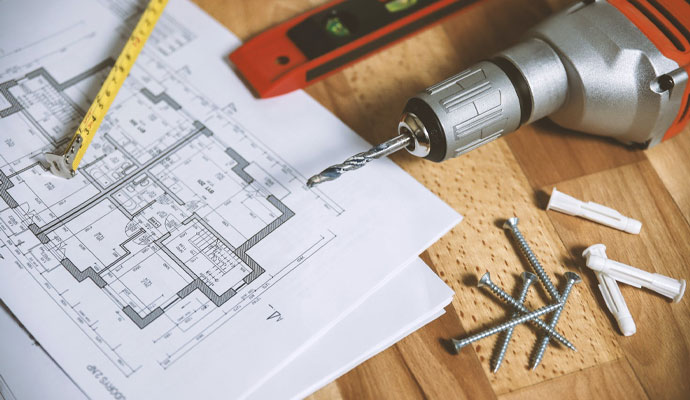



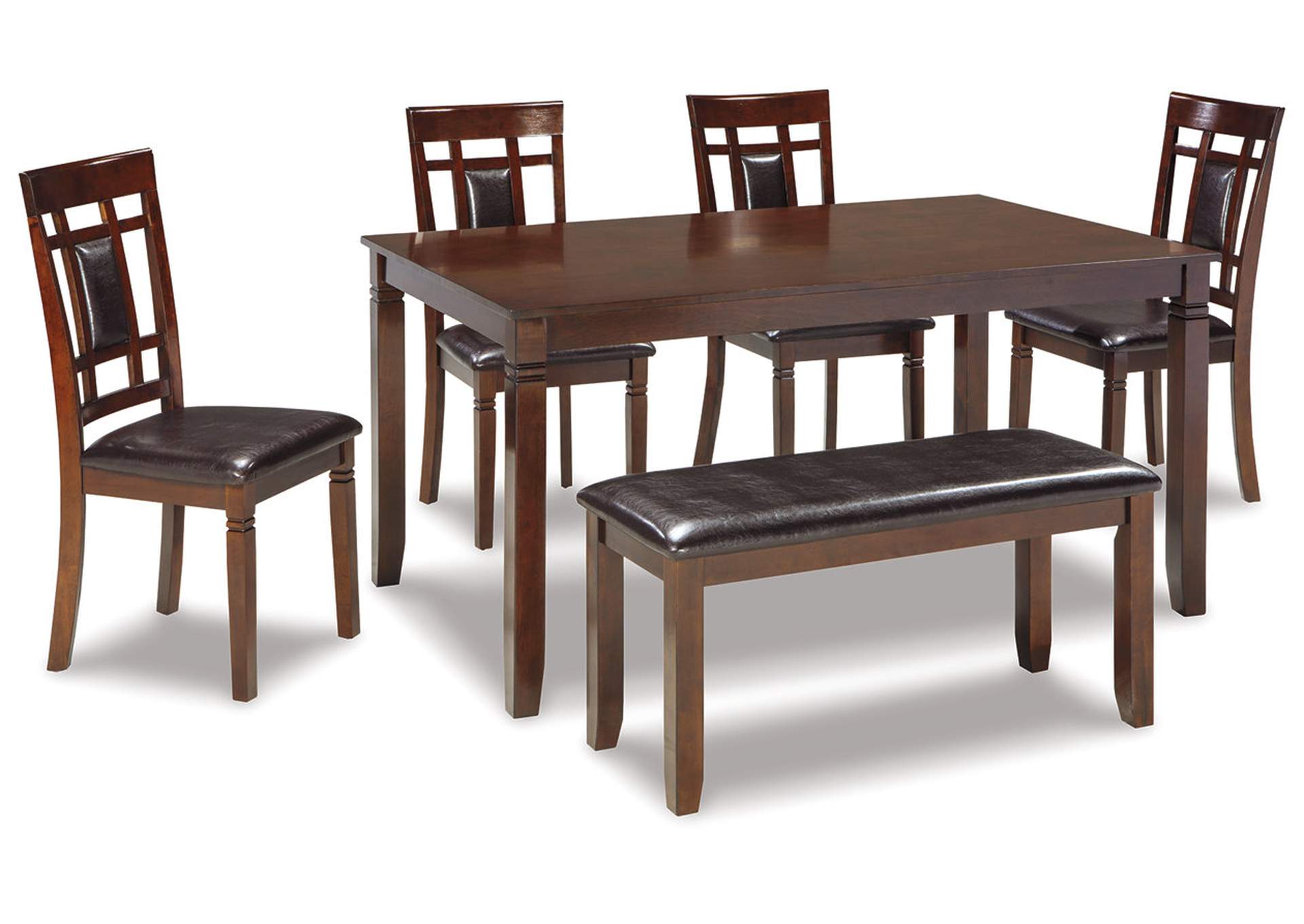
:max_bytes(150000):strip_icc()/Dining-table-shapes-1391525-V1-2922f1384f28456892b5901f75afcddb.gif)


